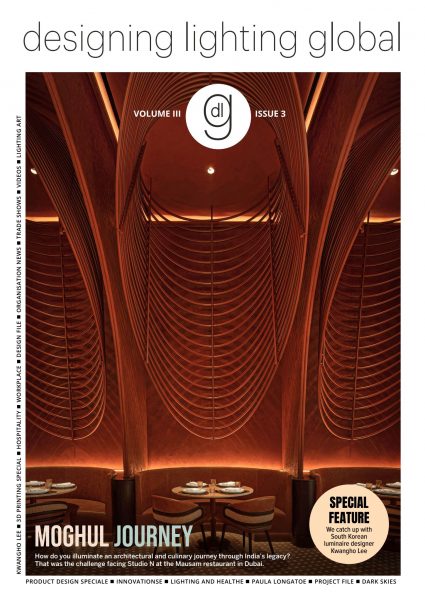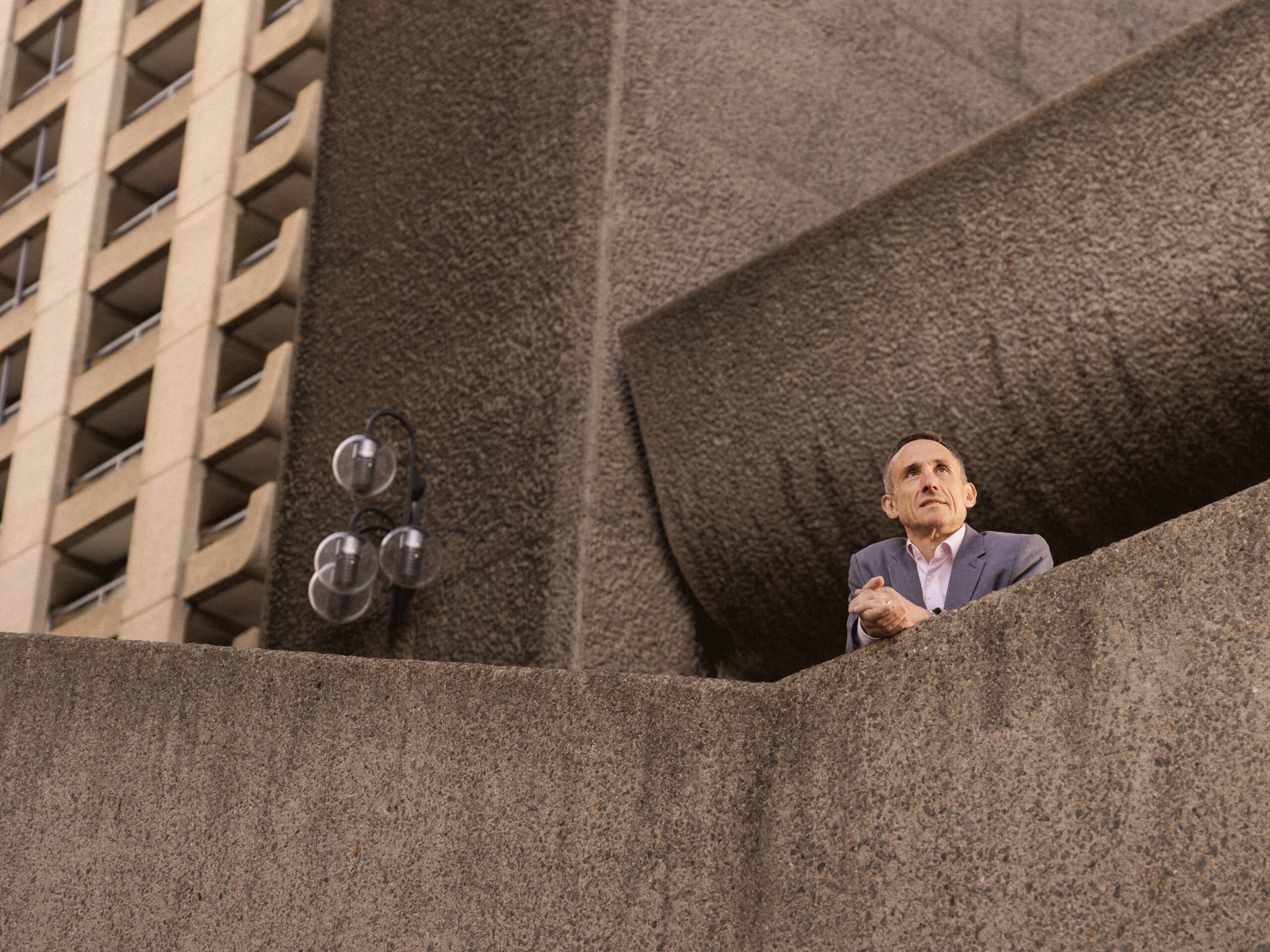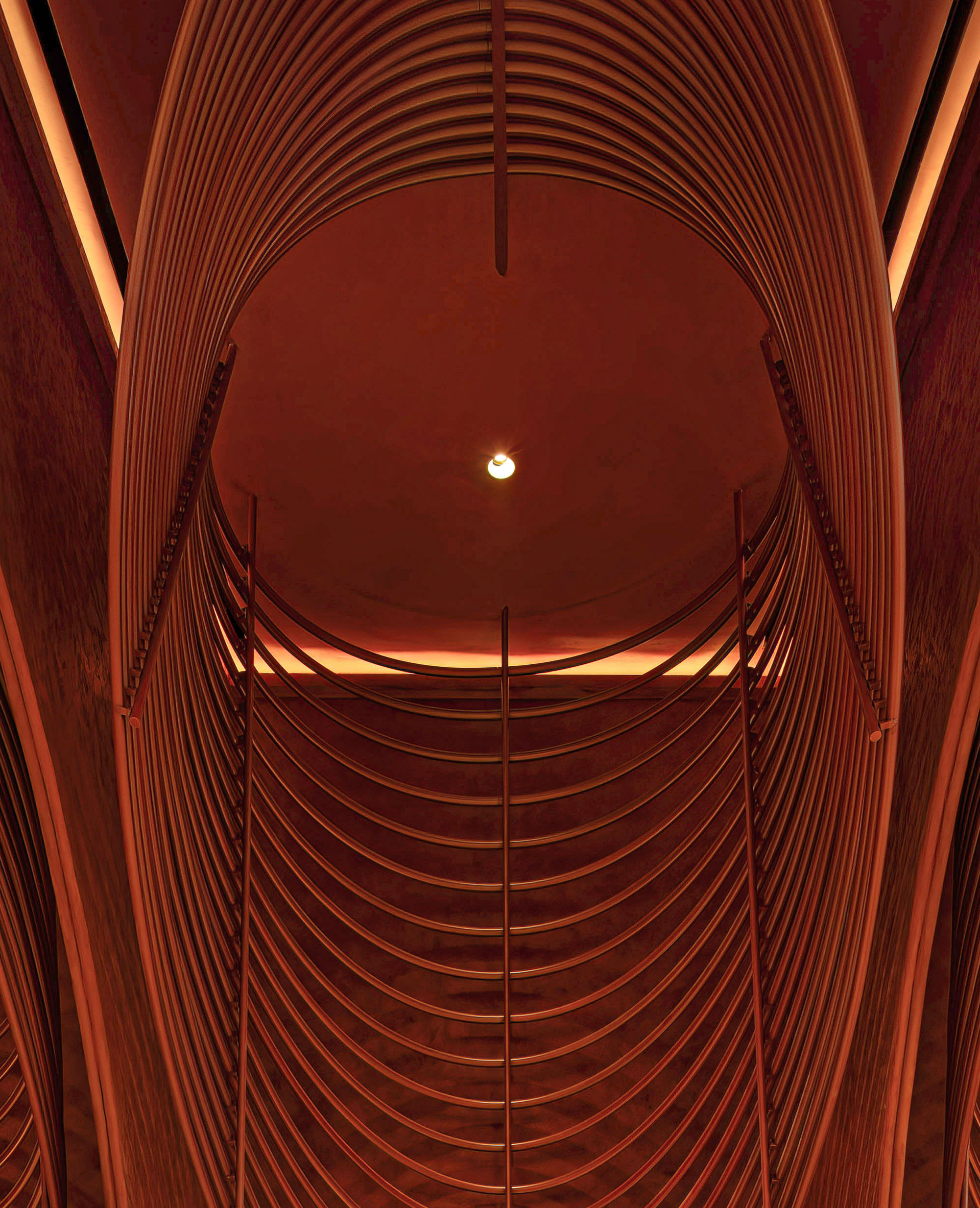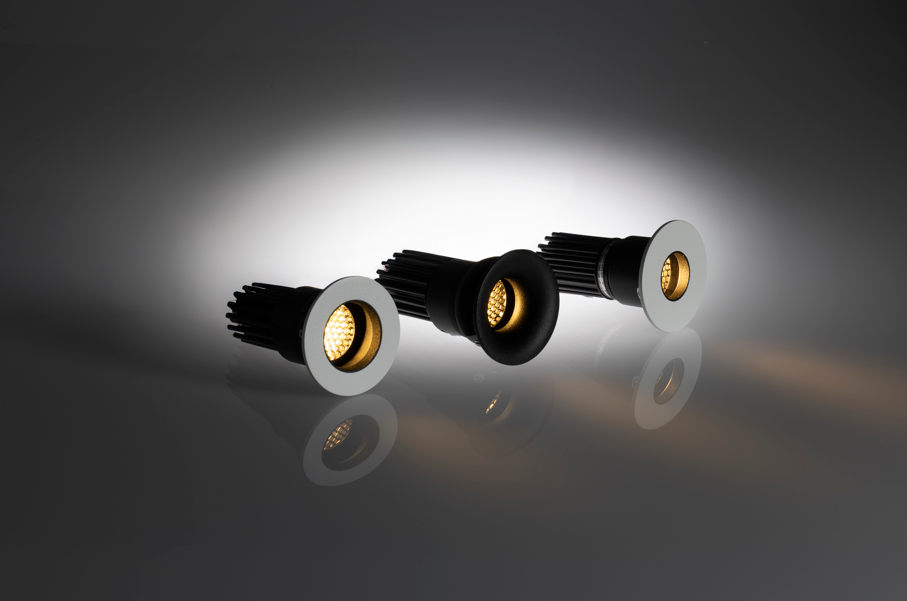I left school at 16 with no qualifications and I was going to go work in the factory in Nuneaton where my Dad worked as a tool maker. But a couple of months before this job in the factory was about to start a neighbour who was an electrician asked me: ‘do you want to come and give us a hand rewiring houses?’
So, I spent this summer in the West Midlands, aged 16, going around in a van as an electrician’s mate, pulling cables. Every day was different, and I was meeting lots of different people. I had such a blast I told my dad ‘I want to become an electrician’.
When I took this job as a sparky, I had to do day release study and I actually found that I was good at it, because it interested me. I could actually relate what I was studying in the night school to what I was doing during the day.
When I got to the end of the three years that I needed to become a qualified sparky, I didn’t want it to stop so I did an advanced technician’s course and then a higher national diploma then a degree. I just worked my socks off. Everyone in my class applied to Arup because of their reputation and they ended up offering me a graduate electrical engineer position, I think because I had this background as a sparky. I actually knew what a cable was and how a switchboard went together.
When I was at uni, I had this wonderful lecturer called Alan Brown and he was my first inspiration. He had practiced as a lighting designer and he just spoke so eloquently about it that you just couldn’t help but sort of fall in love with the whole notion of lighting. It really sort of lit the fuse for me.
And when I joined Arup as a grad, I said ‘oh, can I do the lighting bit?’ and the engineers said ‘oh, yeah, we hate the lighting bit’.
The lighting bit is the only bit that you see, isn’t it? But lighting can be right and wrong at the same time, can’t it? You can have 300 lux that you need to comply with code, but it can look terrible. That aspect of it terrifies a lot of engineers.
My first project was the Royal Opera House in London, back in 1996. I worked on that probably for about a year and then I went for a scholarship to work for Arup in Melbourne. There I expressed an interest in lighting and I think over there they thought ‘this guy must be good, he’s got an English accent’.
The breakthrough project there for me was the Webb Bridge, which is based on an aboriginal eel trap. Absolutely stunning architecture by Denton Corker Marshall. It gave me some sleepless nights but was really successful and led to some lighting awards including an international IALD award.
That put me on the map a little bit in Australia and I then left Arup to set up [the independent practice] Electrolight in Melbourne and Sydney, followed by 18 Degrees back in the UK.
What we lighting designers do is changing all the time. The job today just seems to be totally different to what it was 10 years ago in terms of attendance at design team meetings. It’s just gone crazy.
Projects are also run very differently these days and the breadth of knowledge that you need is immense. I believe that if you care about the outcome, you’ve got to get your head around things like controls and emergency lighting. It’s important to always learn new stuff.






